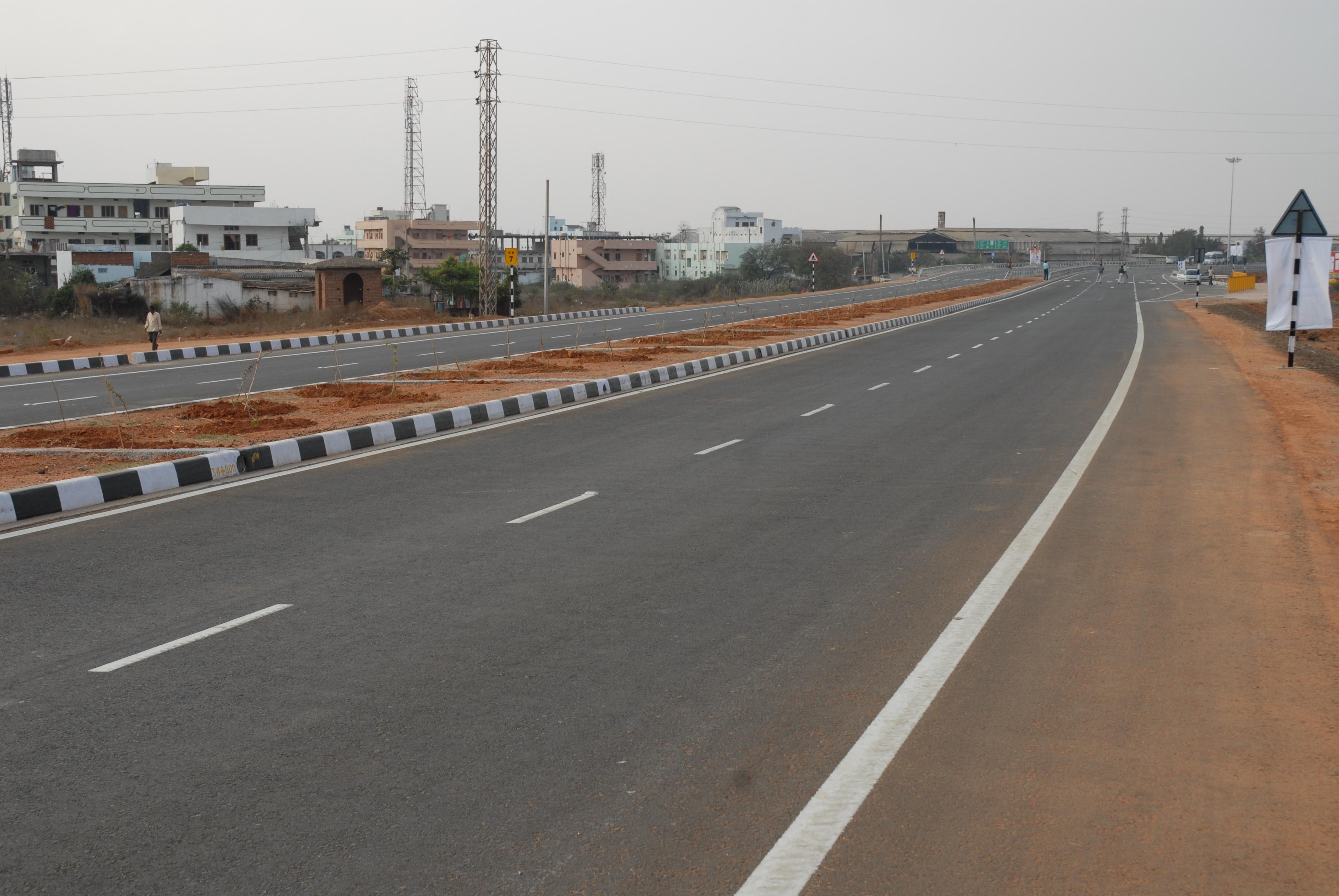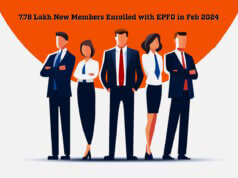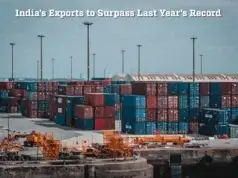The new hybrid annuity model (HAM) for highways development has not found favour amongst private developers. The response from bidders to five projects structured on the new model has been tepid. The first project, which was for four-laning of the Solan-Kaithalighat section in Himachal Pradesh, did not attract a single bidder. The 23-km stretch was to be built with an investment of Rs.522 crore.
The last date of submission of bids for the remaining four projects has been extended by nearly 20 days. The four projects include three packages on the Delhi-Meerut section on NH-24. The packages aggregating around 49 km will involve total investment of nearly Rs.3,100 crore. The fourth package is the Delhi-Bulandshar stretch on NH-235 with length of 57.7 km and with a total project cost of Rs.680 crore.
The hybrid annuity model was developed earlier this year with a view to ease the project risk for the developer associated with the BOT-Toll mode. Under the new model, the project cost will be shared in the ratio of 40:60 between National Highways Authority of India and the developer, respectively. NHAI will take the responsibility of collecting toll revenues and refund it to the developer over a ten-year period. This would represent the revenue stream for the developer.
The model is advantageous to the developer as it would mean faster financial closure given that NHAI will fund 40 per cent of the project cost. For NHAI, however, it would mean higher financial outgo as compared with the BOT mode where the private developer entirely finances the project cost.
Raghav Chandra, Chairman, National Highway Authority of India (NHAI) was quoted saying that there could have been apprehensions amongst private developers as the mode of implementation was new. A road developer that Projectmonitor interacted with and who did not wish to be identified felt that developers would naturally be apprehensive of any new mode of implementation. Moreover, he felt that even leading developers are getting wary of the BOT-Toll mode. Some developers are even selling off their operational road assets with a view to improving their balance sheet. IVCRL’s decision to sell off some of its operational highway assets is a recent case in point.
In principle, the HAM is definitely better than BOT-Toll or BOT-Annuity, in all respects. It is perhaps the resistance of private developers to commit to sharing the project risk, an industry analyst felt. The EPC mode of implementation is a safe choice for most players as the risk involved is limited to that of construction.
Currently, there are three popular modes of implementation–EPC, BOT (Toll) and BOT (Annuity). Under both the variants of the BOT model, the developer shoulders the entire risk of project financing, construction and operation during the concession period. NHAI, the grantor of concession, does not have a financial risk as it does not share the project cost. NHAI is responsible for land acquisition and securing all mandatory clearances. In the BOT-Toll model, the developer collects the toll while in the BOT-Annuity mechanism, the developer gets an annual revenue stream (annuity) during the concession period. The annuity mode is usually adopted on stretches where no toll is collected from highway users, or when the toll collection is not remunerative enough.
In the EPC mode of implementation, NHAI bears the entire risk of the project. There is no private developer involved in the operations of the highway. The project is constructed through EPC contractors that only share construction risk without financial risk. In this mode though, the financial outgo of NHAI is the highest. The EPC route is adopted selectively for “unattractive” projects where private entrepreneurship—through BOT (Toll) or BOT (Annuity)—is unlikely to materialize.











